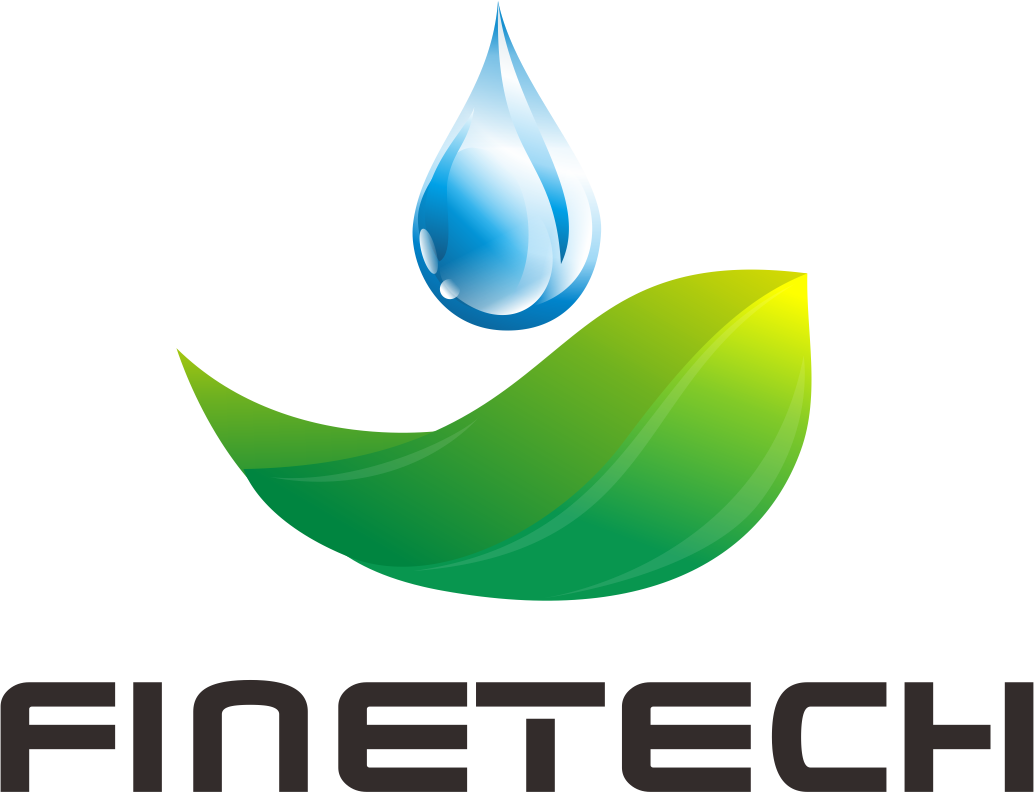Struggling with unpredictable synthetic vanillin prices? Wondering what makes this market swing so much? Let's uncover the key factors behind this price volatility.
Synthetic vanillin prices fluctuate due to raw material costs (especially guaiacol/eugenol), supply/demand imbalances, energy prices, environmental regulations impacting production, and global geopolitical events affecting trade.
For clients, price stability is a major concern alongside quality. Understanding these drivers helps us anticipate changes and secure competitive pricing. Let's explore what makes these prices so unpredictable.
Do Asian vs. European Consumers Prefer Different Vanillin Profiles?
Does all vanillin taste the same to everyone? Are there regional taste preferences? Let's see if Asian and European consumers differ.
Generally, demand is for a clean, sweet vanilla profile. However, subtle preferences may exist. European markets often favor nature-identical vanillin, while Asian markets might be more price-sensitive, accepting broader profiles.

While everyone likes vanilla, subtle preferences exist:
- Europe: Often want "nature-identical" vanillin with high purity and no off-notes. Some buyers are very specific about the sensory profile and source.
- Asia: Can be more price-sensitive1. Good, strong vanilla flavor2 at a competitive cost is often key. Standard grades are widely accepted. Demand for higher quality is growing, though.
These preferences affect demand for different vanillin grades. FINETECH navigates these needs for clients in Europe, the Middle East, and Southeast Asia.
Quick Comparison:
| Region | Key Preference Focus | Implication for Supply |
|---|---|---|
| Europe | High Purity, Specific Sensory Profile | Demand for premium/specific grades |
| Asia | Strong Flavor, Cost-Effectiveness | Demand for standard, value grades |
How Do Labeling Laws for Vanillin Vary by Country?
Confused by vanillin labeling rules? Do "natural" vs. "synthetic" labels change by country? Let's clarify labeling variations.
Labels vary: "vanillin," "artificial flavor," or "flavoring" are common. "Natural vanillin" (from beans) is labeled differently. EU/US rules differ on synthetic nature-identical vs. purely artificial.

Accurate labeling is key for legal compliance. The main difference is natural (from vanilla beans) vs. synthetic.
- US (FDA): Synthetic vanillin is usually "artificial flavor" or "vanillin." "Nature-identical" isn't an official FDA label term.
- EU (EFSA): Nature-identical synthetic vanillin can often be "flavouring" or "vanillin." "Natural" is strictly controlled (e.g., 95% from vanilla beans for "natural vanillin flavouring").
- Other Regions (Asia, Middle East): Often use terms like "vanillin" or "artificial vanilla flavor." Halal certification3 is crucial in many markets FINETECH serves.
Understanding target market rules is vital. FINETECH provides product info to support compliant labeling.
Labeling Snapshot (Synthetic Vanillin):
| Region | Common Label Term(s) | "Natural" Claim (Synthetic) |
|---|---|---|
| USA | "Artificial Flavor," "Vanillin" | No (considered artificial) |
| EU | "Flavouring," "Vanillin" | No (unless from natural source) |
Are Low-Cost Vanillin Suppliers Compromising on Quality?
Tempted by cheap vanillin? Worried about quality cuts? Let's see if low cost means lower quality.
Possibly. Very low prices might mean impure raw materials, poor process control, higher impurities (like heavy metals), or inconsistent flavor. Always do your homework on suppliers.

Unusually low prices often signal a risk. For vanillin, quality is key. Compromises can happen via:
- Inferior raw materials (e.g., less pure guaiacol).
- Skipping production/purification steps4.
- Inadequate quality testing (for purity, heavy metals, flavor).
Risks include off-flavors, product rejection, and regulatory non-compliance. While competitive pricing is important, and FINETECH strives to provide it, we never compromise on core quality. We achieve competitive pricing through efficient sourcing, strong factory relationships, and volume, not by cutting corners on the product itself. Diligence in supplier selection and demanding proper specifications and CoAs are the best defenses against poor-quality, low-cost vanillin.
Price vs. Potential Quality:
| Cost-Cutting Method | Potential Quality Issue |
|---|---|
| Cheaper Raw Materials | Off-flavors, impurities |
| Rushed Production/Purification | Inconsistent flavor, contaminants |
| Less QC Testing | Out-of-spec product, safety |
How Does Vanillin Stabilize Supply Chains vs. Natural Vanilla?
Why is synthetic vanillin dominant? How does it offer supply stability over natural vanilla? Let's compare their supply chains.
Synthetic vanillin provides stable, consistent, cost-effective supply, free from agricultural issues (weather, crop disease) that make natural vanilla bean supply highly volatile and expensive.

Natural vanilla (from orchid beans) is very unstable:
- Weather-dependent (cyclones in Madagascar, a key producer).
- Labor-intensive5 (hand-pollination).
- Prone to price spikes and shortages.
Synthetic vanillin (from guaiacol, eugenol, lignin) is stable:
- Industrial production (controlled, scalable).
- Consistent quality and purity.
- Much lower and more stable cost.
This stability makes synthetic vanillin the choice for most food companies. FINETECH ensures access to this reliable supply.
Supply Chain: Natural vs. Synthetic
| Feature | Natural Vanilla | Synthetic Vanillin | Advantage for Synthetic |
|---|---|---|---|
| Source | Agricultural | Chemical Synthesis | Less volatile |
| Price | Very High/Volatile | Low/Stable | Predictable cost |
| Availability | Erratic | Consistent | Reliable supply |
How Do Global Markets Regulate Vanillin Differently?
Are vanillin rules the same everywhere? How do countries control its use? Let's check global vanillin regulations.
Most countries see synthetic vanillin (nature-identical) as safe. Rules (FDA, EFSA, Codex) focus on purity, correct labeling (synthetic vs. natural), and freedom from contaminants.

While generally safe, regulation details vary:
- Safety: Wide agreement (JECFA ADI 0-10 mg/kg, FDA GRAS, EFSA approved).
- Purity: Must meet specs (USP, FCC, Ph. Eur.) for low impurities (heavy metals, etc.).
- Labeling: Distinguish synthetic ("vanillin," "artificial flavor") from natural ("natural vanilla flavor"). Rules differ (US vs. EU).
- Usage: Good Manufacturing Practices (GMP) – use minimum effective level.
- Regional Rules: China (GB standards), Middle East/SE Asia (Halal often needed).
FINETECH ensures its vanillin meets specific country requirements and provides needed documentation (CoA, Halal certs).
Key Regulatory Areas:
| Aspect | Global Focus |
|---|---|
| Safety | Generally safe (JECFA, FDA, EFSA) |
| Purity | Strict limits on impurities (heavy metals, etc.) |
| Labeling | Clear distinction: synthetic vs. natural |
| Use | Good Manufacturing Practices (GMP) |
Conclusion
Synthetic vanillin price swings come from raw material costs, supply/demand, and regulations. Understanding these drivers is key to managing market unpredictability for this important flavor.
-
Exploring price sensitivity in the vanilla market reveals important trends and consumer behavior in Asia, essential for market strategies. ↩
-
Discovering the characteristics of a strong vanilla flavor can enhance your understanding of quality and consumer preferences in vanilla products. ↩
-
Learning about Halal certification can enhance your knowledge of food safety and cultural considerations in global markets. ↩
-
Learning about essential production and purification steps can enhance your knowledge of quality assurance in manufacturing processes. ↩
-
Exploring the labor-intensive nature of hand-pollination can reveal the challenges and innovations in agricultural practices. ↩


